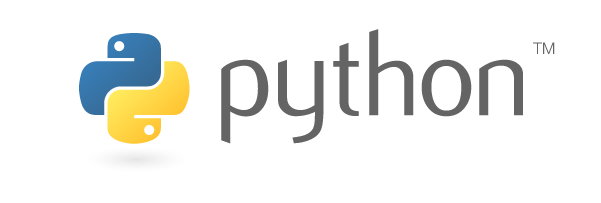We are in the way of creating a service for those contributors willing to contribute with a complete data model.
The service is under debugging, so it cannot be trusted for production purposes. Let us know issues here
In order to access it has to access this URL (https://smartdatamodels.org/extra/check_properties.php) with this parameter ?urlSchema=[url of the raw access o the JSON schema]
I.e. a complete link could be
It returns a JSON payload indicating if this property is available for use (not used in any other data model) or in the case it is already being used what data models are currently using.






